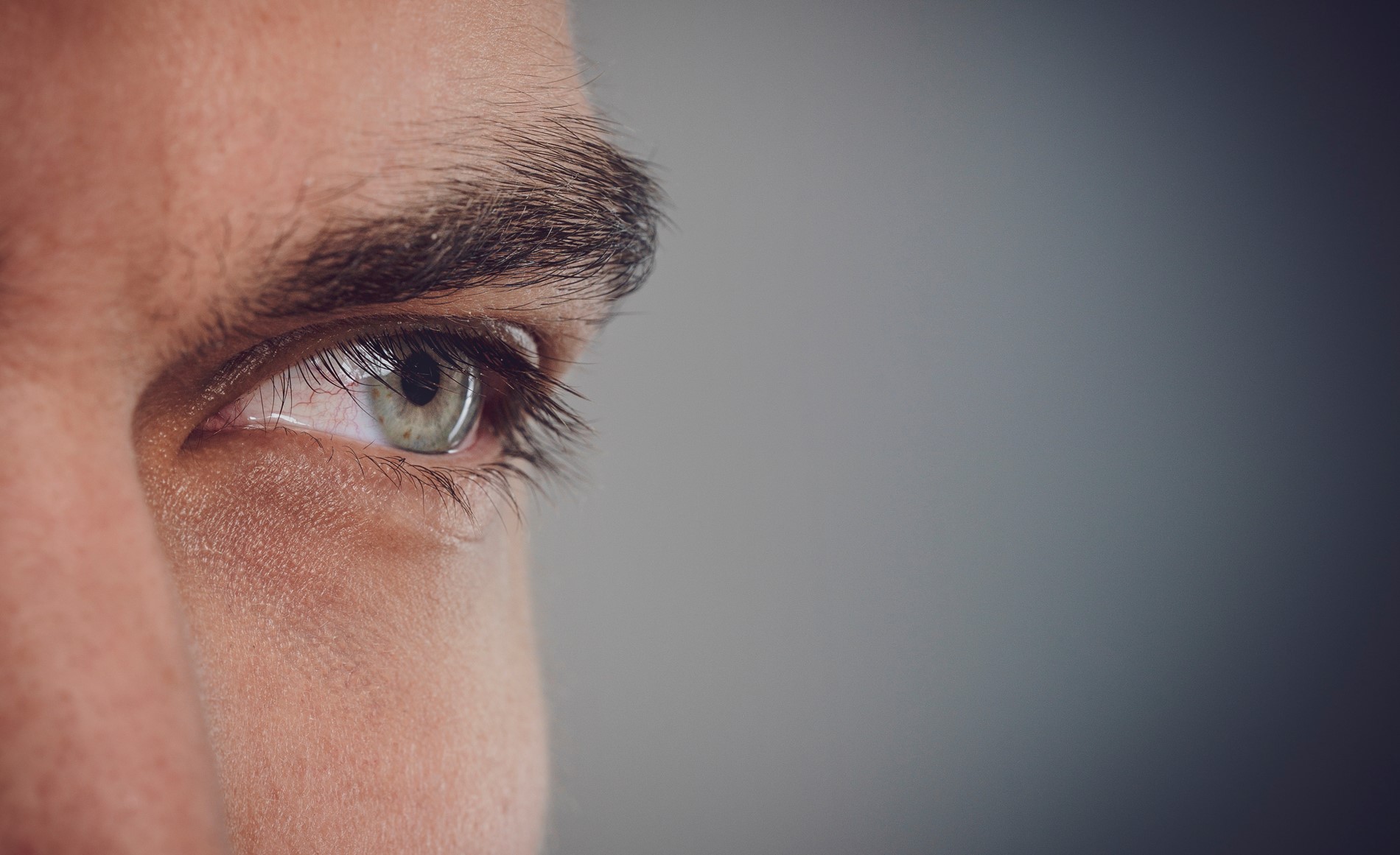How to Recognise HIV-Related Stigma and Discrimination
Part three of a series to fill your kete with tools to be an informed ally when it comes to HIV stigma and discrimination.
- Read part 1: HIV stigma and discrimination
- Read part 2: We have the power to change the conversation
People in society often are exposed to HIV-related stigma from a very young age through comments made by whānau and friends. Later, HIV stigma messaging can be reinforced by the media, what we learn in school, and behaviours and attitudes we pick up on throughout society. As a result, HIV-related discrimination is hard to tackle because often the stigma that informs it is so ingrained.
Intersectionality: when someone’s attributes and/or characteristics combine to create multiple levels of discrimination and makes the impact of discrimination look and feel different between people. Due to intersectionality in HIV-related stigma, the unique identities of people living with HIV will have different experiences when it comes to stigma.
People living with HIV may also hold internalised HIV stigma as a result of experiencing discrimination. Internalised stigma can lead people with HIV to developing feelings of being ashamed, guilty, and worthless, but also can push people to not seek medical healthcare, isolate from whānau and friends or decide to not have sex.
We have also covered how HIV stigma and discrimination can be seen in all levels in society – from individual thoughts and actions, all the way through to the way that people living with and at risk of HIV are treated in institutions such as healthcare. While we must be aware of how societal views impact us, this also means that we have the power to shape how society thinks about HIV.
However, before we go any further, it’s worth discussing how to recognise the signs of HIV-related stigma and discrimination. Sometimes this is obvious, but often it’s not. Once we know what we’re looking for, we can actually do something to stop it.
What to look out for:
- Avoidance of healthcare
- Thoughtless comments
- Fear of intimacy
- Associating HIV status with dirtiness
- The need to repent
- Referencing someone’s status in public
- Withdrawal from community
- Romantic ostracisation
HIV-related discrimination vs internalised HIV-related stigma
Throughout this article, we have included examples of both HIV-related discrimination (things that are said and done to people living with HIV) and internalised HIV-related stigma (how discrimination can affect people living with HIV). Both can be seen and recognised, but the signs may look different.
I didn’t visit the dentist for years as I didn’t want to tell them I had HIV and be treated differently. When I finally got treated, I had to have several teeth removed.
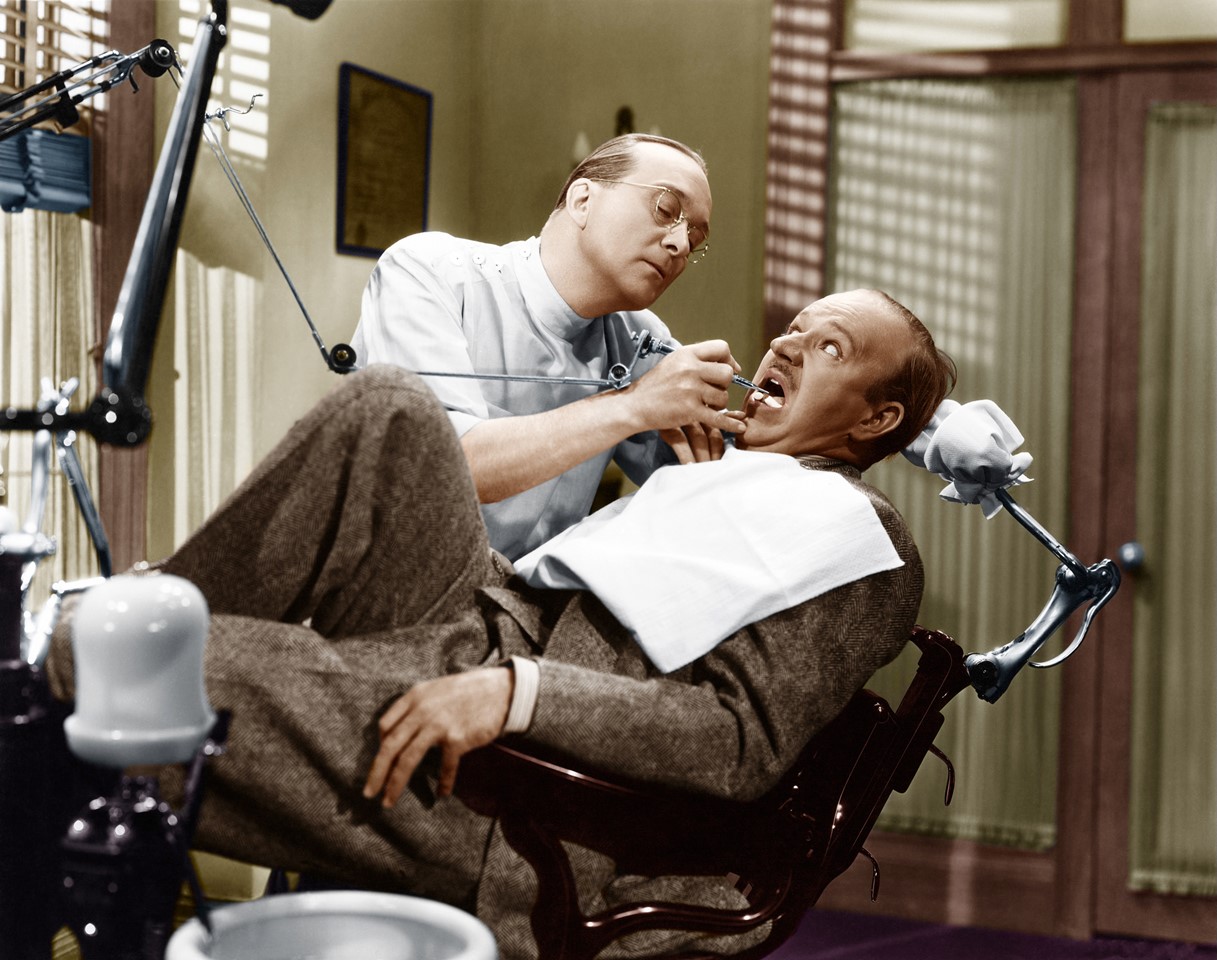

Sign 1: Avoidance of healthcare
Choosing not to seek healthcare is one of the key effects of HIV-related stigma and discrimination and it can lead to poor general health outcomes for people living with HIV.
For many people living with HIV, seeing a health professional is extremely stressful. Unless it’s someone they already have a relationship with and is aware of their HIV status, the fear of what the person may think, say, or do in response to discovering their HIV status is enough to make many people living with HIV avoid these situations as much as they possible can; even if the person may not react in the way they fear.
People living with HIV may also avoid seeking medical attention simply because they’re worried their healthcare professional might not know how to treat them.
Anticipated stigma
The fear of how someone might react to one’s HIV status is often felt disproportionately to the chance that the person might actually react that way. However, that doesn’t stop the fear from being felt. Anticipated stigma is just as dibilitating as stigma that is actually enacted in discrimination. It’s important to recognise that while anticipated stigma is fear of stigma that hasn’t happened yet, it is still based on experiences of previous discrimination, and is entirely valid.
Someone at work accidentally cut themselves. When I went to help, they joked ‘don’t worry, I haven’t got AIDS’.
Sign 2: Thoughtless comments
This is probably one of the most common examples of HIV-related discrimination that you will encounter day-to-day. For many years, HIV and AIDS were the butt of jokes aimed at people living with HIV (and the wider queer community); so much so that it’s become ingrained behaviour in our society.
Many people still use humor as a defense of this behaviour - “it’s just a joke, don’t take things so seriously”. But the fact that these comments seem so minor is exactly why they are so dangerous – because they’re difficult to challenge and also feed into the effect of internalising HIV stigma among people living with HIV.
After I was diagnosed, I felt filthy. I couldn’t stop thinking about the virus in my bloodstream. I felt contagious and was unable to kiss anyone for some time.


Sign 3: Fear of intimacy
A common misconception at the root of a lot of HIV-related stigma is that people living with HIV are somehow dirty. This can affect both people’s behaviour when it comes to having physical contact with people living with HIV, but it also impacts the behaviour of those living with HIV themselves, especially when it comes to intimacy.
When someone living with HIV believes they are dirty because of their HIV status, it can stop them from connecting with friends, whānau and lovers. This doesn’t just impact physical connection, but any form of connection.
Without an understanding of how this person may be feeling as a result of their internalised HIV stigma, or that they are even living with HIV, this avoidance of intimacy has the potential to come across as rude, and the internalied HIV stigma will be a constant barrier to rectifying this perception.
Questions about disclosure?
Do I Still Have To Say I'm Positive?On Grindr, when disclosing my status, I was told 'fuck off, you're dirty'.
My priest once said that no child of God can contract HIV. After my diagnosis, I begged God to forgive me.
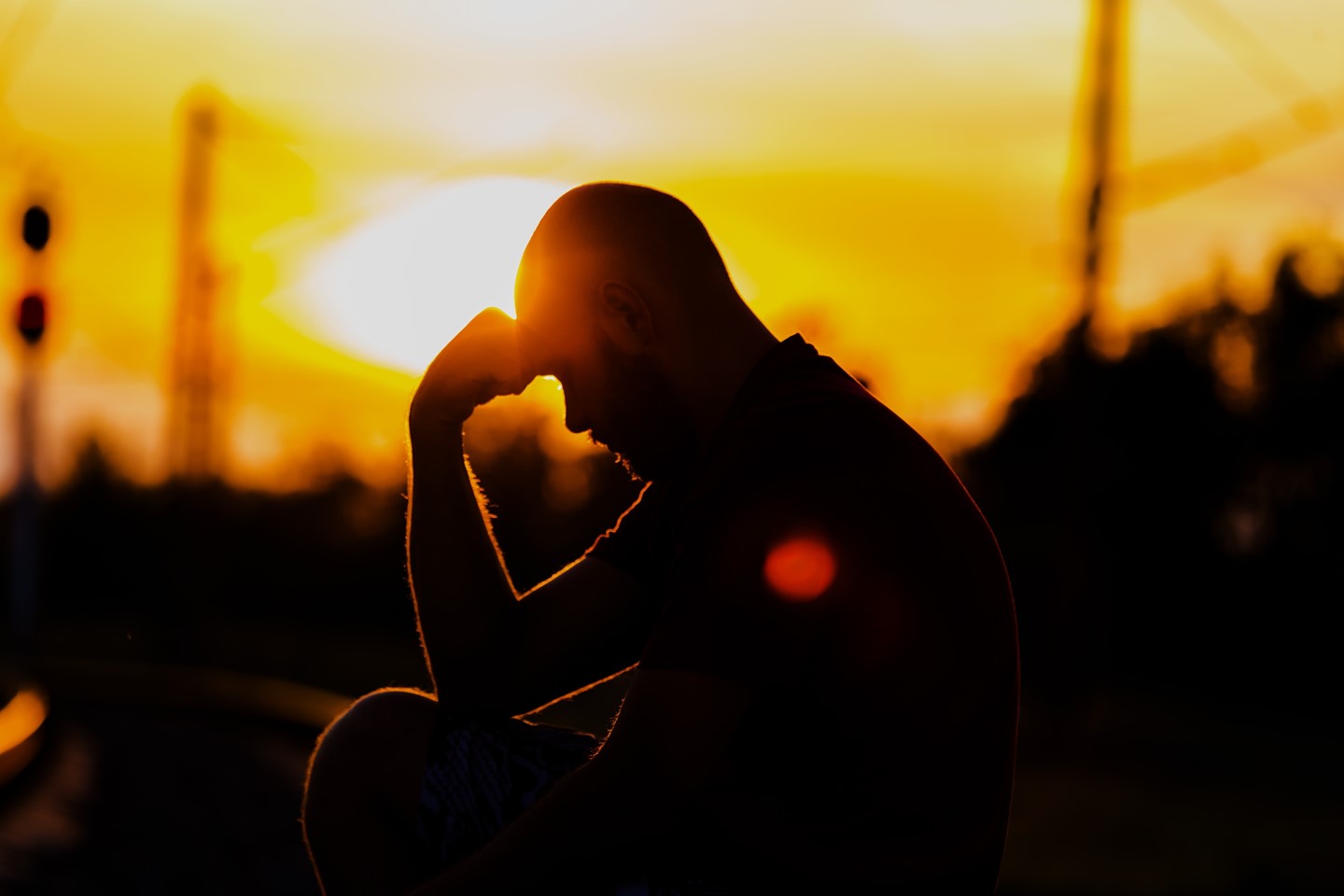
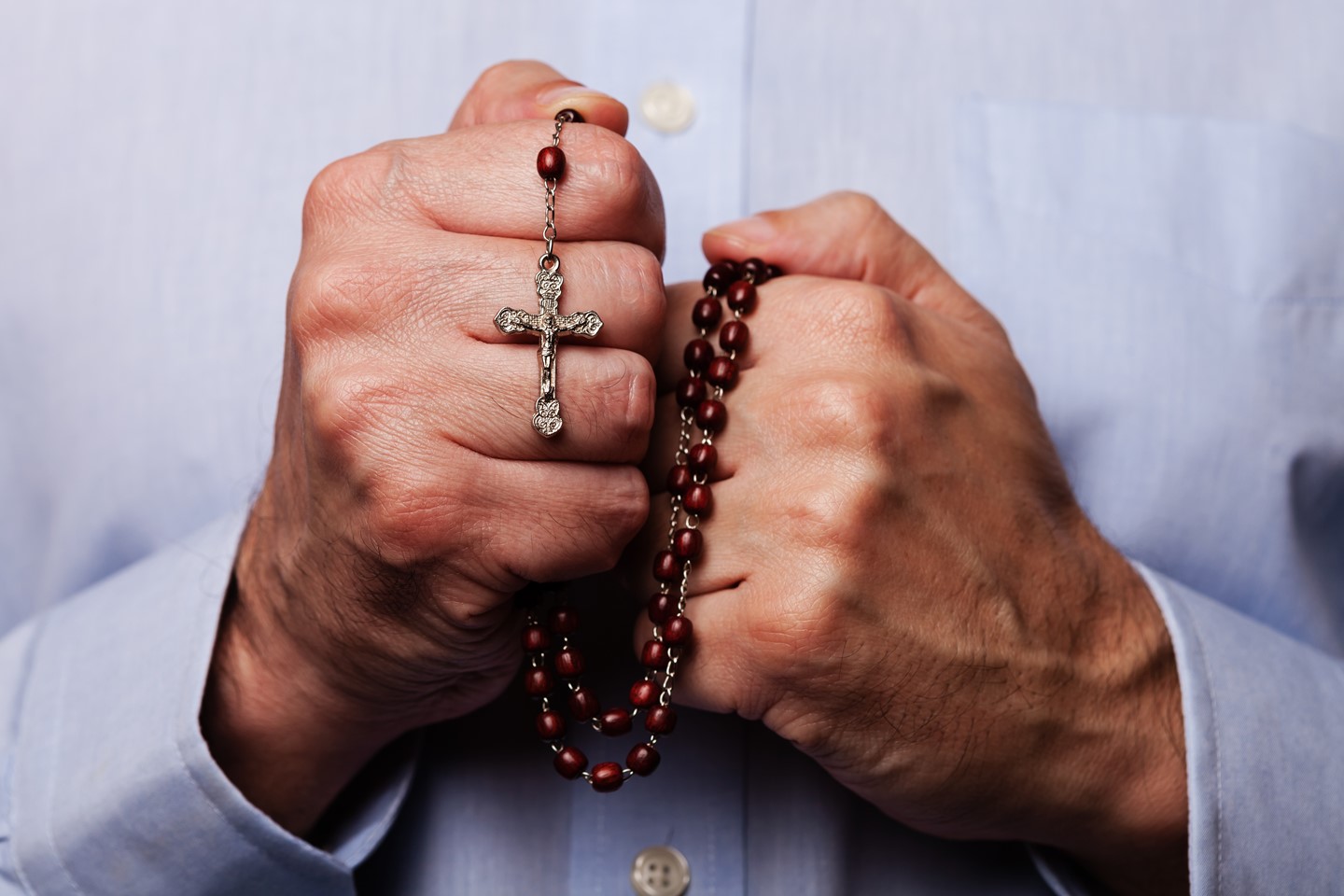
Sign 5: The need to repent
An HIV diagnosis can be particularly challenging for anyone who belongs to a religious group that condemns their diagnosis. For many people of faith, religion provides a sense of community, purpose, and identity. When their HIV status calls these things into question, it can be extremely conflicting and dislocating.
This can present both as an external or internalised issue. When it comes to internalised HIV stigma, the guilt and need to repent that the person may be feeling negatively impacts their health and wellbeing, no matter whether or not these feelings are justified. It’s important to understand how this guilt can create or exacerbate internalised HIV stigma, so we can find a way to help them reconcile this conflict within themselves in whatever way is most appropriate. Guilt can only make things worse.
This can also impact people who are non-religious; because many of us search for meaning in our lives, an HIV diagnosis can be perceived as a sign that there is something ‘wrong’ with us and that we somehow ‘deserve’ it. This guilt has exactly the same impact.
I hate picking up my HIV medication from the chemist. My pharmacist once questioned me in front of other customers. It was really embarrassing.
Sign 6: Referencing someone’s status in public
This one should be a no-brainer. Under no circumstance should you ask about or discuss a person’s HIV status around other people unless that person has given you express permission to do so. All it takes is one embarrassing encounter for the impact of this to be magnified in a person’s mind.
When people living with HIV are too embarrassed to discuss their status, this not only leads to poorer health outcomes for the individual, it can also be a barrier to receiving treatment, and can lead to further transmission.
My friend disclosed my HIV status without my permission. Many in my community worried because I had visited their homes. As a result, I withdrew from my community.
Sign 7: Withdrawal from community
One of the most obvious tell-tale signs that someone is being affected by internalised HIV stigma is withdrawal; from community, from whānau, from friends, from loved ones. It’s easy to think you’ve done something wrong, or to perceive this as the person being rude. If someone you know is starting to withdraw, especially if it’s out of character, consider reaching out to see what’s going on, and if that person needs support.

Want to kōrero?
Get CounsellingWant to kōrero?
Get CounsellingA friend told me that he had started to date someone really lovely but dumped them when he found out they were HIV positive. He said, ‘you can’t be too careful’.

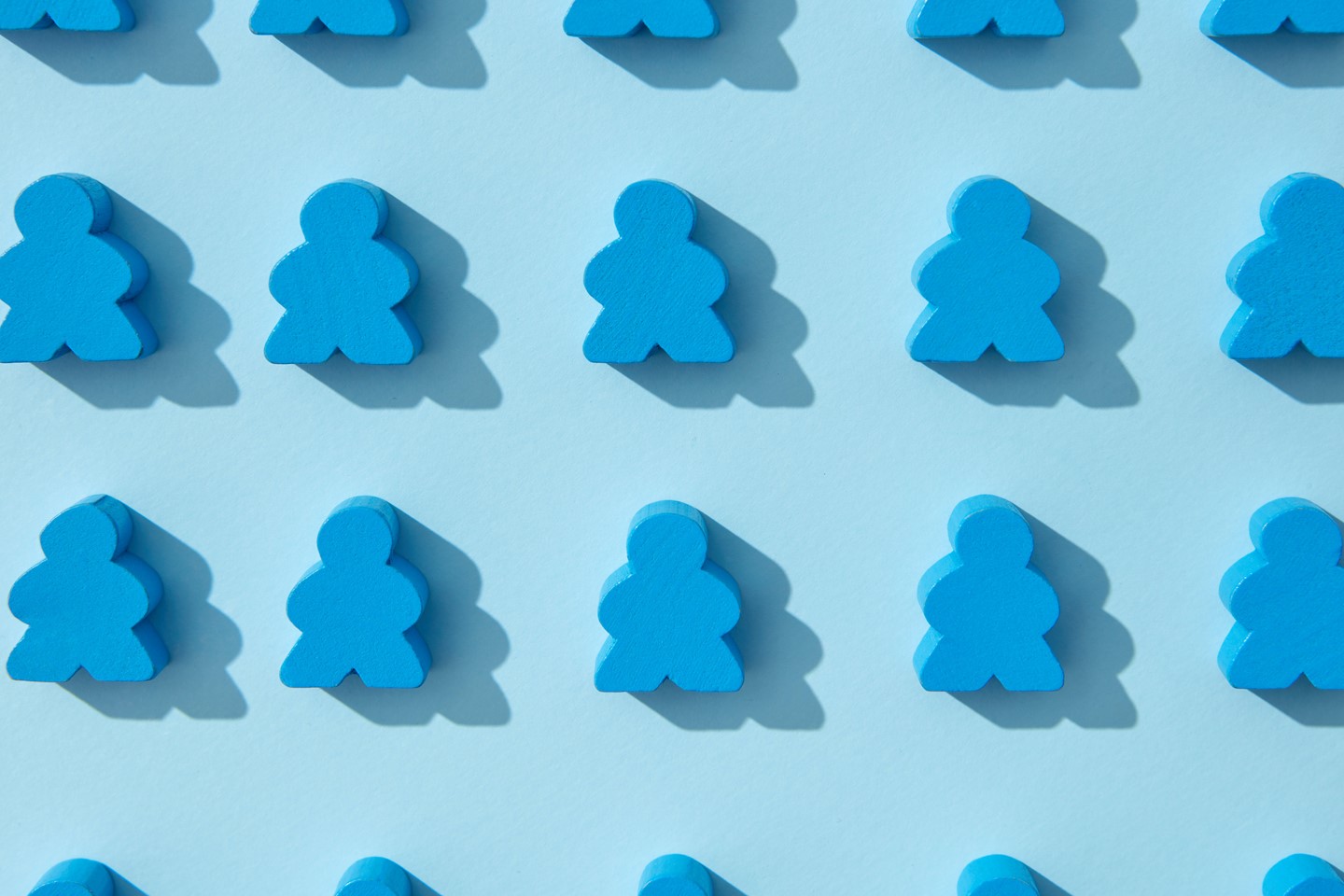
Sign 8: Romantic ostracisation
For some who hold HIV-related stigma, simply being in a relationship with someone who is living with HIV can be perceived as a risk. If this is you, two simple facts should be enough to question this thinking:
- Many people living with HIV have undetectable viral loads, which means they cannot transmit HIV to sexual partners
- People living with HIV are just as entitled to fulfilling romantic and sex lives as anyone else
If your HIV-related stigma is stopping you from entering into a relationship with someone living with HIV, I would encourage you to go back to Part 1 and Part 2 of this series and really get to the bottom of where this stigma comes from. Along the way, you’ll hopefully get the information required to start to tackle this stigma.
Next up in the series
Now that we know what to look out for when it comes to HIV-related stigma and discrimination, it’s important we fully understand the impacts.
Next up in the series, we will learn about the HIV Stigma Index Project, and how HIV-related stigma and discrimination have a cyclic effect on the health and wellbeing of people living with HIV.


